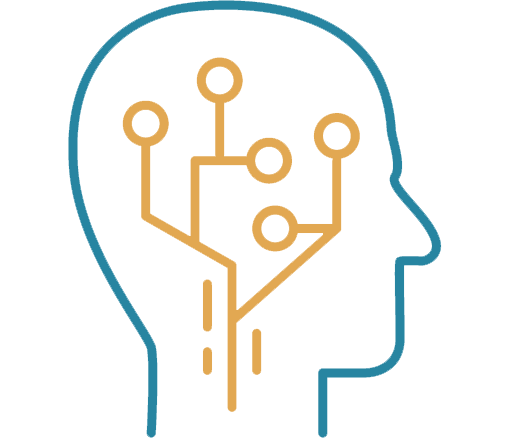After a year of preparation a new ergonomics journal is now available for readers and also accepting submissions.
Frontiers in Neuroergonomics provides a global forum for the dissemination of research results that advance a neuroscience and neuroengineering application to human factors, ergonomics and engineering by presenting and discussing novel approaches, design tools, methodologies, techniques, and solutions for understanding the human brain at work and in everyday life.
Neuroergonomics is an emerging field that investigates the human brain in relation to behavioral performance in natural and synthetic environments and everyday settings. Neuroergonomics research aims to expand our understanding of the neural mechanisms underlying human perceptual, cognitive, and motor functioning with a focus on real-world contexts.
With the advent of portable and wearable neuroimaging methods like electroencephalography (EEG), functional near-infrared spectroscopy (fNIRS), and neurostimulation approaches like transcranial electrical stimulation (tES), significant progress has been made in recording and altering brain activity without restricting body movements and without limiting research to laboratory environments. Traditional approaches imposed limitations for experimental protocols, data collection settings, and task conditions at the expense of ecological validity. Neuroergonomics integrates advancements of neuroscience, neuroengineering, human factors, ergonomics and growing list of related fields, in order to provide the flexibility to assess body and brain functioning of healthy and impaired participants in naturalistic settings bringing neuroscience into everyday life.
Topics covered by the journal include but are not limited to:
- Perception, attention and cognition
- Decision making and executive functioning
- Motor control and physical performance
- Situational awareness and cognitive load
- Skill acquisition and learning processes
- Social interaction and communication
- Neuro-inspired system design
- Neural engineering
- Augmented cognition
- Neural technology
- Brain imaging techniques
- Neurostimulation methods
- Neurocognitive assessment of performance
- Brain-computer interfaces
- Neuroadaptive Technologies
- Aging and Brain injury
- Trust in AI
- Virtual reality/ Augmented reality
- Neuro-rehabilitation
- Brain Health, Aging and Cognitive development
- Pediatric Neuroimaging
- Neurofeedback/biofeedback mechanisms
- Human Machine Teaming
- Advances in multimodal and mobile neuroimaging
- Neuro/bio signal processing and analysis techniques
- Neurocognitive enhancement and neurostimulation
The journal will be comprised of the following Specialty Sections to ensure dedicated publishing avenues across the breadth of the field: Physical Neuroergonomics, Social Neuroergonomics, Consumer Neuroergonomics, Neurotechnology and Systems Neuroergonomics, Cognitive Neuroergonomics and Clinical Neuroergonomics, and Augmented and Synthetic Neuroergonomics
CLICK HERE to learn more about the journal, available articles and the submission process.
#exponentehf #ergonomics #humanfactors #neuroergonomics


Leave A Comment